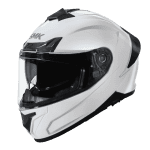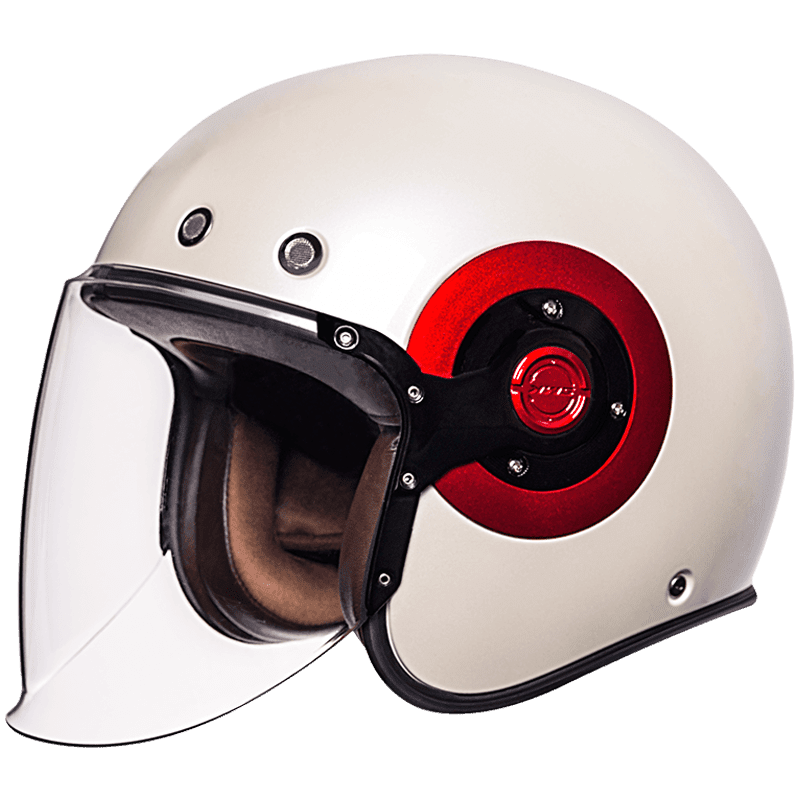Do you love travelling? Have you always worried about keeping your loved ones and family members up to date about your journeys? This is one of the most common problems faced by avid tourers when they head out on long distance trips away from home. Thankfully, nowadays technology has come a long way, and with the help of Bluetooth full-face helmets, or Bluetooth open-face helmets, you can stay in contact at all times and take calls on the go! But the problem arises when you have to manage the time to communicate with your family members. Here are 5 practical tips and techniques that you can use to stay connected.
1. Establish A Communication Schedule
Manage your time properly and establish communication schedule. Most professional riders make it a point to call their family, and co-workers early in the morning when they are about to begin the day’s ride. This might not be always the best time considering that professional workers do not start so early, so you can also find a time somewhere around 10:00 AM or 11:00 AM to stop for breakfast and get in touch with your co-workers. If making phone calls early in the morning is not your thing, you can also do it at the end of the ride after you’ve reached the destination. The point we are trying to make here is that you need to maintain a proper communication schedule while you on the road so that people at the other end can expect your calls at a certain time of the day.
2. Make Use of Free Connectivity Resources
Making traditional phone calls can be quite expensive especially when you’re on roaming mobile phone plan. When you cross state borders, the phone bills start to climb excessively. In order to avoid that from happening, and to avoid paying huge mobile phone bills at the end of your trip, you can always make use of free connectivity resources. For example, there will be coffee shops, or publicly accessible Wi-Fi hotspots which are great for making VOIP calls to your family members using mobile apps such as WhatsApp, Google Duo or Facebook Messenger. Most of these applications are also available for desktop usage, so if you have a laptop you can use the time to make a call as well as check your emails and reply to a few of them that urgent. However, we strongly urge you not to carry a laptop while going on a road trip because you do not want to be distracted or feel the yank of the leash at all times!
3. Don’t Rely on Just One Connection
While free resources are great, there will be times when you don’t have any access to such resources, or there may be restrictions that prevent you from getting online using those free resources. At such times, you will have to rely on the traditional mobile phone networks to make calls. unfortunately, common problem with traditional mobile phone network is weak connectivity in rural areas come out in places that are far off from human settlements. In that case, you cannot rely on just one single network connectivity provider. Always make sure to have a dual SIM mobile phone, and two SIM cards from two reliable network providers so that you always have a backup plan to make those phone calls. This becomes even more important if you use the mobile phone GPS application to reach your destination.
4. Invest in A Satellite Phone for Last-Mile Connectivity
For international travelers, a normal traditional mobile phone might not cut it always. There will be stretches of roads in between international destinations with zero connectivity options. For those times, we strongly recommend that you invest in a satellite phone for last mile connectivity options. Of course, these are extremely expensive compared to normal mobile phones, but you will have the peace of mind and reliability of a satellite phone to make urgent calls in case you get into trouble come out you have not been able to contact your family members for several days at an end. There are certain rules and regulations for owning and operating a satellite phone, so make sure to check out all the rules before buying one.
5. Always Have A Back-Up Plan Ready
Even when you have all the applications and equipment to make calls and stay in contact with people back home, it might be a good idea to have a backup plan in place just in case the primary applications and equipment fail. Try to maintain an online journal, or a daily blog where you can post pictures as well as a count of your day’s ride so that people around the world can get a glimpse of your experiences, and people back home have a way of knowing where you have been come and where you are headed next.
6. BONUS TIP: Staying Safe
While staying in contact with people is important, it should not come at the cost of your own safety and wellness. Never make the mistake of being on the phone while riding across a fast highway or expressway where you need to be completely attentive of the environment you are in rather than being distracted by the voice in your ear. Always make sure that you are at a safe place before making phone calls, and keep the motorcycle parked in your line of sight to prevent the risk of robbery and theft.

















